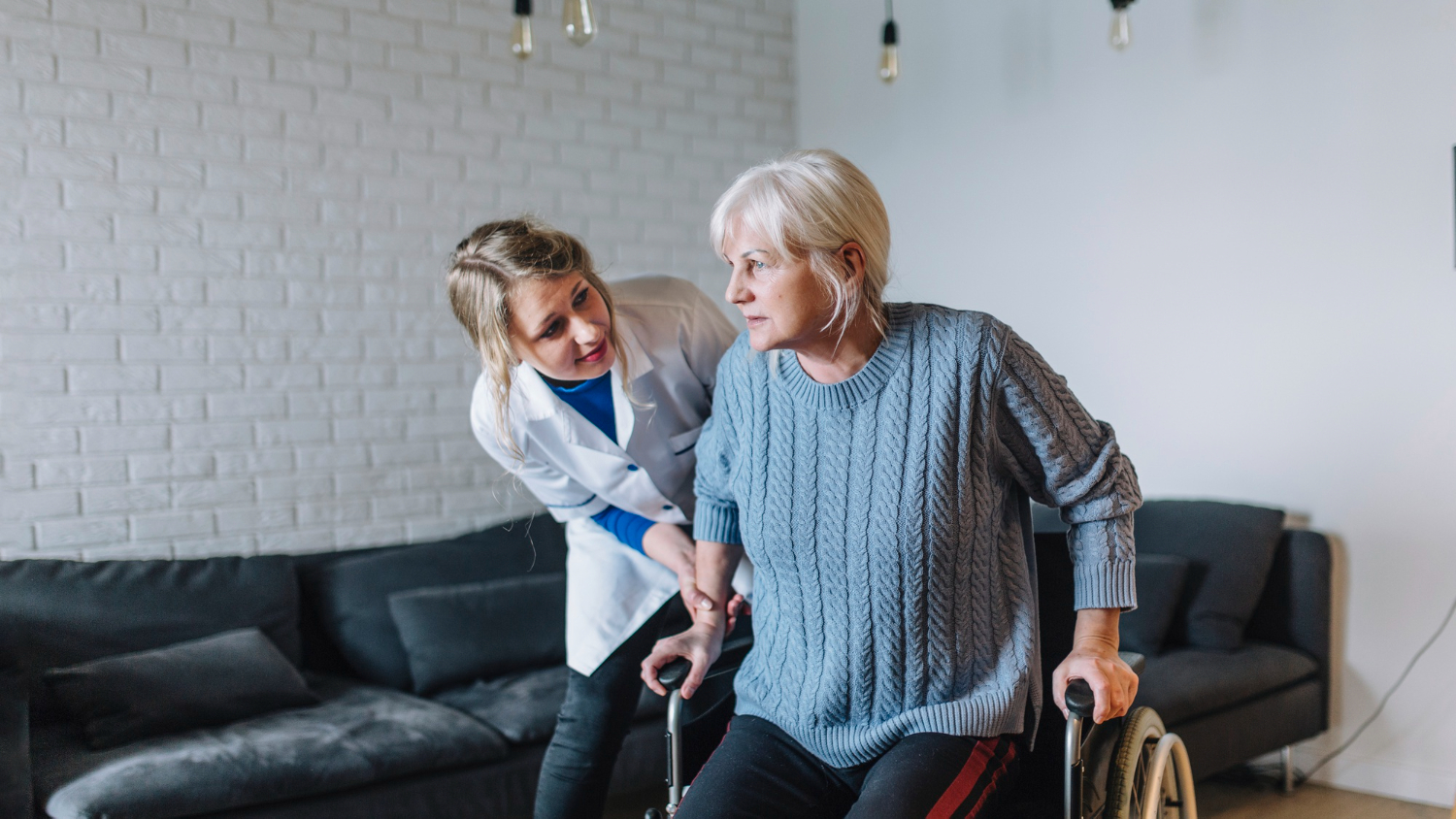Falls are no laughing matter, especially when you are caring for someone in their later years. One misstep can change everything—broken bones, hospital visits, long recovery times, and a knock to their confidence. You might be surprised how common it is too. In aged care homes, falls are one of the most frequent causes of injury.
But here is the good news: there are plenty of simple things you can do to stop falls before they happen. You do not need fancy tools or high-tech gadgets. Just a bit of planning, good habits, and keeping your eyes open.
Let us walk through it together.
Why Falls Happen in Aged Care
Older adults are not clumsy. Their bodies have just been through a lot. As people age, their muscles get weaker, their balance gets shakier, and their eyesight may not be what it used to be. Add in medications, slower reaction times, and tricky footwear, and it is like walking on a tightrope in slippers.
Some of the most common fall risks in aged care include:
- Poor lighting
- Cluttered walkways
- Slippery floors
- Rugs that bunch up
- Shoes that do not fit well
- Bathroom hazards like wet tiles or low toilets
- Rushing or being distracted
Sometimes, a fall happens not because someone did something wrong—but because something was not right in their environment.
.png)
The Real Impact of a Fall
A fall is not just a bruise or a bump. For an older person, it can mean broken hips, head injuries, or time stuck in bed. And once they fall, fear creeps in. They might start avoiding walking altogether. Less movement means weaker muscles, and weaker muscles mean more risk of falling. It is a nasty cycle.
Worse still, a fall can take away someone’s independence. That is what really hits hard—when a person feels like they cannot trust their own body anymore.
How You Can Reduce the Risk
You do not need a cape to be a safety hero. These simple steps can make a huge difference in preventing falls.
1. Keep Walkways Clear
It sounds obvious, but clutter is a silent trip hazard. That extra footstool, the old newspaper pile, even a rogue slipper can cause trouble. Make it a habit to check:
- Are cords tucked away?
- Are chairs pushed in?
- Are pathways wide enough for walking frames?
Think of it like sweeping leaves off a garden path. If you clear the way, it is easier to walk.
2. Make Sure Lighting is Bright and Even
Dim lights and shadows can be dangerous. Try this test: if you squint to see something, the lighting is too low.
Use nightlights in hallways and bathrooms. Open the curtains during the day. Switch out dull bulbs for brighter ones. Bright light means better footing.
3. Watch for Slippery Floors
Wet tiles, shiny wooden boards, and even newly cleaned floors can be sneaky.
Put down non-slip mats, especially near sinks and showers. Make sure spills are cleaned up right away. If the floor is too shiny, consider if it is too risky.
4. Choose the Right Footwear
Shoes matter. Loose, floppy shoes or socks on polished floors are like skating on ice. Encourage shoes that:
- Fit snugly
- Have rubber soles
- Are easy to put on and take off
Slippers may be comfy, but only if they have grip.
.png)
5. Install Grab Rails and Support Bars
Bathrooms are especially risky. That mix of water and slippery tiles is no friend to balance. Support bars near the toilet and in the shower can be life-savers. So can raised toilet seats and shower chairs. They offer something sturdy to hold on to when legs feel a little wobbly.
6. Encourage Regular Movement
Here is the funny thing: the more you move, the steadier you become. It is like keeping an old car running—it needs to be used.
Encourage light exercises like walking, stretching, or simple chair-based movements. This helps build strength and improve balance. No gym needed, just a bit of space and some encouragement.
7. Review Medications Often
Some medications make people dizzy or sleepy. Others can affect blood pressure. If the resident is on several medicines, talk with their doctor or nurse about any side effects.
Be extra careful when starting new meds. That first week can be shaky—literally.
8. Set Up Fall Prevention Tools
You do not have to go high-tech to stay safe. Some helpful tools include:
- Bed alarms for residents who may get up unsupervised
- Floor mats to cushion a fall
- Hip protectors worn under clothes
- Chairs with arms for easier sitting and standing
Each person has different needs, so pick what suits their situation best.
9. Teach Staff What to Watch For
Falls prevention is everyone’s job—from nurses to kitchen staff to cleaners. Make sure your team knows the signs:
- Is someone walking more slowly than usual?
- Are they holding onto walls or furniture?
- Do they seem confused or off balance?
Spotting the warning signs early gives you a chance to act before someone hits the floor.
10. Get Residents Involved
Let the people you care for be part of the safety plan. Ask them how they feel. Are they nervous about certain places or times of day?
Sometimes, a resident knows they are unsteady but is too shy to say anything. A quick chat can uncover big risks.
When a Fall Happens Anyway
Even with the best planning, accidents can still happen. If someone does fall:
- Stay calm and keep them still until help arrives
- Check for injuries
- Do not try to lift them on your own
- Reassure them and listen—they may feel embarrassed or frightened
Then, look back and ask: what caused the fall? Could anything have been done differently? Learning from the fall is just as important as preventing the next one.
Keeping a Falls Diary
Consider keeping a simple notebook or digital log of any incidents. Write down:
- Time and place of the fall
- What the person was doing
- What was on the floor
- Lighting conditions
This helps spot patterns over time. If the same corner keeps causing trips, you will know it is time to make a change.
.png)
Make Safety a Daily Habit
Falls prevention in aged care is not a once-a-month checklist. It is part of your everyday routine. It is in how you arrange a room, how you speak with residents, and how you notice the small things.
Think of it like brushing your teeth. Once you do it often enough, it becomes second nature. And just like brushing teeth prevents problems later, these simple habits can stop serious injuries before they happen.
You Do Not Have to Do It Alone
If you are feeling unsure or stretched thin, ask for help. Talk to your team. Bring it up in your staff meetings. Maybe someone else has noticed something you missed.
Falls prevention is a team effort—and when everyone plays their part, everyone stands a little taller.
Final Thoughts
You do not need complicated systems to prevent falls. Often, the simplest changes are the most powerful. A clear floor, a steady hand, and a little patience can go a long way. When you care for older people, you are not just helping them stay upright—you are helping them hold on to their freedom, their confidence, and their dignity.
That is a job worth doing well.










